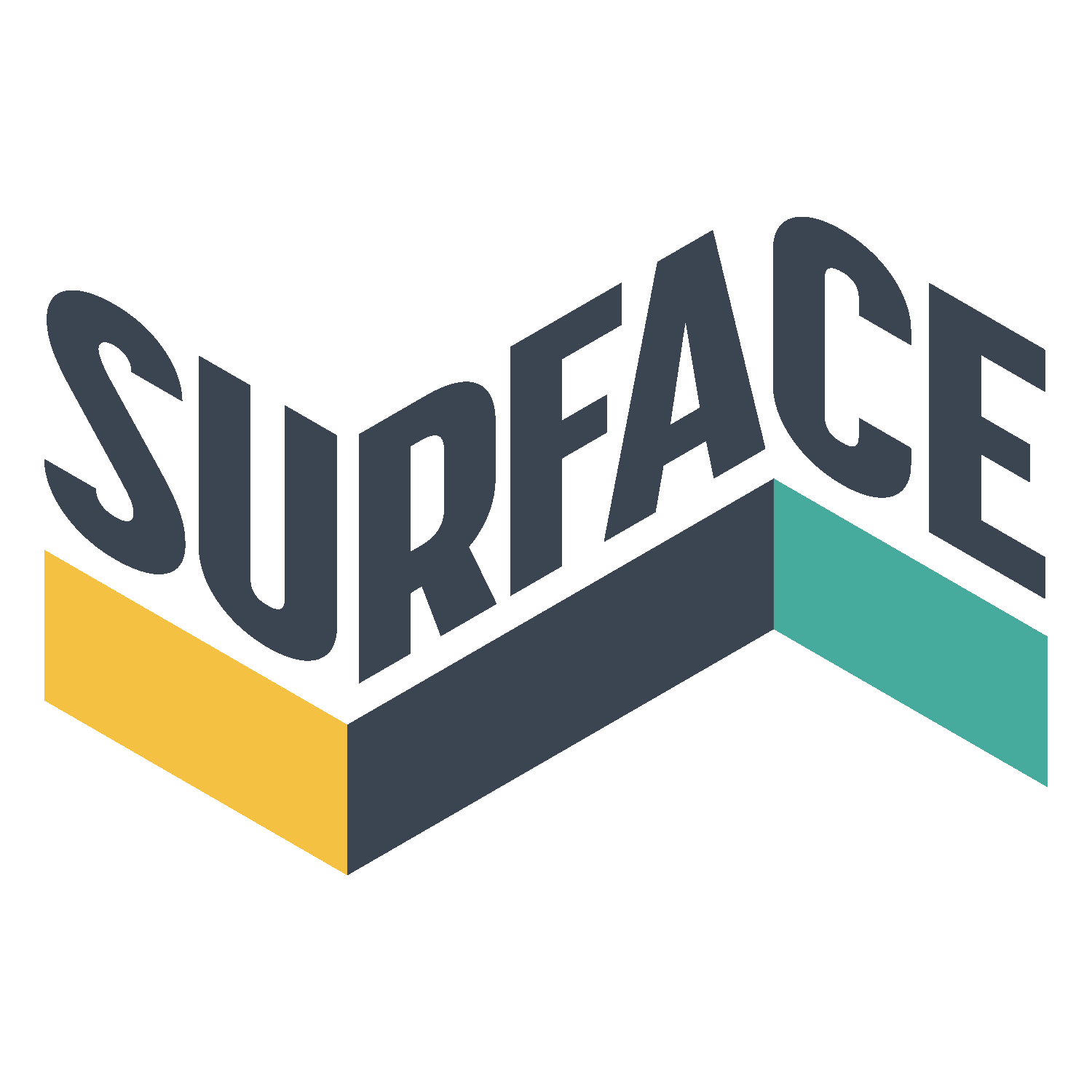Our History
The Gallery was formed on 7th October 1999 by a group of graduates from Nottingham Trent University, under the name of Turtle Arts, and was located in the basement of the Voluntary Action Centre on Mansfield Road in Nottingham city centre. NVAC assisted by providing the basement space rentfree. The Gallery hire charge was minimal, only covering the running costs and exhibitors were expected to do most of the invigilation for their shows.
Turtle Arts had a relaxed approach and became a meeting place for artists and art students. Over time the founder members of Turtle arts left the area, until only one original member; Rasheeqa Ahmad remained and the cooperative membership had dwindled to almost no one. In January 2002, NVAC management decided that Turtle Arts should start paying rent for the space.
A new committee was enlisted, and tried to revive Turtle Arts, but in August 2002, the members decided to make a fresh start as Surface Gallery. Their vision was to create an exhibition space where emerging artists could showcase their work without the prohibitive costs and long waiting lists, encountered in most galleries. Additionally, volunteers in the Surface team would have the opportunity to be fully involved in all aspects of running an art gallery, make connections and gain experience in a field that is notoriously difficult to gain employment in.
In November 2008 Surface Gallery relocated to a council-owned, four-story building at 16 Southwell Road in Sneinton, Nottingham. This was previously John Issac’s Photography studios and shop for 40 years. Since gaining much more space, Surface Gallery expanded the services it could offer and quickly became a three tier organisation; a training ground for individuals wishing to work in the arts, a contemporary art gallery space for local, international, emerging and established artists, and nine studio spaces for artists to develop their practice.
The new location led the gallery to become actively involved with the arts community within the city. The income gained from hiring out the gallery spaces and studios allowed the organisation to be financially sustainable, along with obtaining funding to help create better facilities and develop new arts programmes, all with the aim of enriching artistic opportunities and the cultural life of the city.
